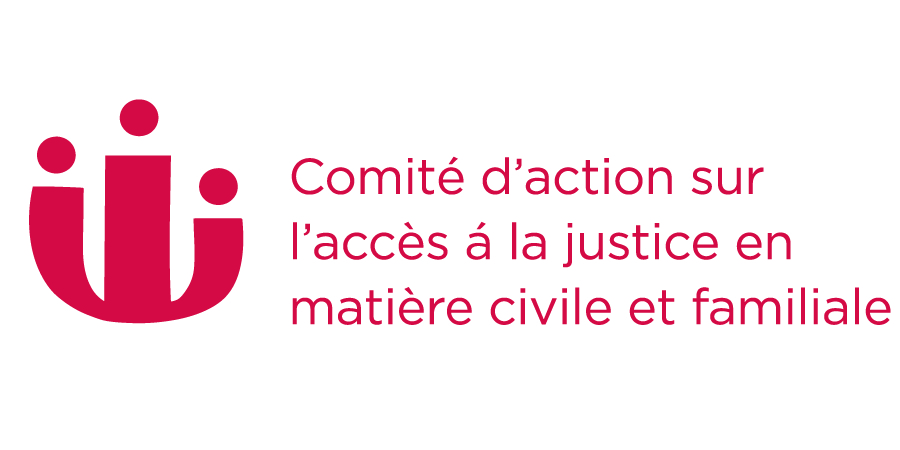Inventory of Reforms
Northwest Territories Case Management (Part 19)
Year:
1996
Description:
Rules facilitating resolution of disputes without trial if possible and, if a trial is required, simplifying issues so as to make the entire process more efficient in both time and money for the litigants.
Status:
Permanent implementation
Jurisdiction:
Northwest Territories
Court:
Supreme Court of the Northwest Territories
Body Responsible:
Supreme Court of the Northwest Territories
Timeline:
1996: Case management rules come into effect
December 1999: Notice to the Profession clarifying rules
Publications:
Rules of the Supreme Court of the Northwest Territories, Part 19.
Supreme Court of the Northwest Territories, Notice to the Profession: Case Management Procedures – General Guidelines (Northwest Territories Courts, 1996).
Supreme Court of the Northwest Territories, Notice to the Profession: Case Management Guidelines (No. 2) (Northwest Territories Courts, 1999).
Development:
The incorporation of Part 19 into the Rules of Court was essentially a formalization of dispute mechanism tools already informally used by the court. By putting the rules in writing, the Court is able to apply the procedures uniformly and with clear guidelines. Rules 281-292 (Part 19) were modelled on Saskatchewan’s r. 192, Ontario’s r.50, and B.C.’s r.35(5).
A second Notice to the Profession was released in December 1999 to clarify some minor problematic issues. Parties were utilizing case management to resolve issues that other Rules of Court were meant to resolve. Overall, however, it seems that case management was working well in the Northwest Territories and would be retained.
Purpose:
The Supreme Court of the Northwest Territories describes the purpose of Part 19 in a Notice to the Profession issued in June 1996:
The purpose of Part 19 is to provide flexibility in procedures so as to facilitate matters for trial or to effect a pre-trial settlement. It is premised on the « multi-door courthouse » approach: one way to get into system (by starting an action) but, once in the system, many options (beside a trial) to choose from. The rules can accommodate a wide variety of steps from the traditional pre-trial conference to a highly involved settlement-oriented colloquy. The objectives are nevertheless the same: the resolution of disputes without trial if possible and, if a trial is required, the simplification of issues so as to make the entire process more efficient in both time and money for the litigants (1996 Notice).
Description of Reforms:
Part 19 sets out a comprehensive scheme for pre-trial case management. There is no set procedure for case management. Instead Part 19 utilizes a flexible approach consisting of various case management tools (i.e. pre-trial conference) to be used based on the nature and needs of the case. The Court could send a case to case management or the parties may apply for it. A case management judge is then appointed. Once a judge is appointed, a variety of procedures are available:
- Pre- trial conference: Rule 231 of the 1979 Rules of Court describes the objective of the pre-trial conference as the simplification of issues and exploration of the possibility of admission. The purpose of the pre-trial conference is not to bring about settlement, but if that is the result, then all the better.
- Case management: In larger complex cases, a case management programme may be necessary. Settlement of the case is not the purpose of case management, but rather, it is to prepare the case for trial in the most efficient and cost effective way. Case management may involve establishing a schedule for all interlocutory pre-trial steps; limiting the time period for discovery; setting dates for the exchange of expert reports; filing a Statement of Agreed Facts. More than one case management conference may be scheduled. After each conference a judge would prepare a memorandum outlining the subject-matter of the conference and any directions made. The memorandum will provide at least an informal and basic record of steps taken at the conferences. A case management judge can be the trial judge due to the limited number of judges on the bench.
- Settlement conference: A settlement conference is essentially a form of alternative dispute resolution designed to avoid trials. The judge’s role is that of an objective mediator who keeps the discussion on track. Topic areas include: assessing success on various issues and damages that may be awarded; financial resources available to parties to meet a judgement; insurance coverage; offers and counter offers made; legal costs of litigation to date, to trial, and to possibly appeal. As a general rule, the settlement conference judge cannot be the trial judge. A settlement conference may be requested by the agreement of all the parties.
- Mini-trial: Mini trials are in-camera hearings whereby the presiding judge gives a non binding advisory opinion on the probable outcome at trial [Rule 292]. The mini trial judge cannot be the trial judge. This procedure is best suited to cases which involve areas of legal dispute where neither credibility nor facts are significantly at issue. Although the judge’s opinion would only be advisory, it normally would have a substantial enough effect on counsel to move the parties toward settlement.
Rule 288 permits sanctions against any party violating orders issued under Part 19.
Criteria and Methods of Evaluation:
The Court has noted areas which are in need of improvement and the Rules Committee had indicated its intention to address them commencing Fall 2007.
Revision History:
This summary was last reviewed in Aug 13, 2012



